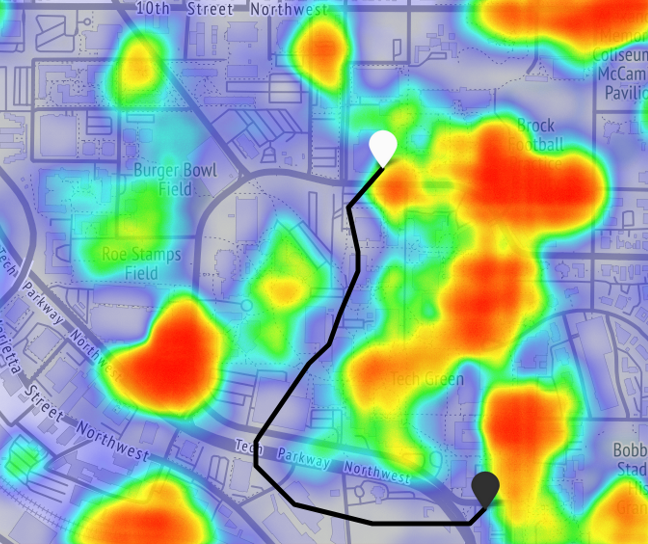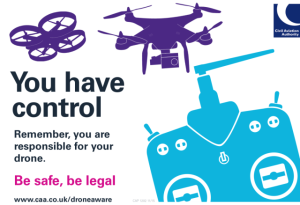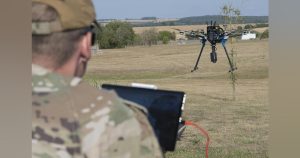Integrating Uncrewed Aviation: The Vital Role of Risk Assessment
The aviation industry has spent the last 120 years refining safety protocols for crewed aircraft. Early advancements began in the 1910s with the improvement of rudimentary aircraft, leading to the development of the Douglas DC-3, which marked a turning point in commercial air travel. Over the following decades, pilot training and technological improvements, particularly in weather forecasting, further enhanced safety, coalescing into what we now refer to as Safety Management Systems (SMS). These systems have become standard practice among pilots operating within the National Airspace System (NAS).
As uncrewed aviation technology, specifically drones, emerged in the early 2010s, it introduced a new landscape in aviation, promoting efficiency and eco-friendliness while alleviating road congestion. However, this shift has raised critical questions among regulatory bodies such as the Federal Aviation Administration (FAA): Can the established SMS frameworks for crewed flight be effectively adapted for uncrewed operations?
The short answer is no. Existing SMS frameworks focus primarily on the aircraft and the safety of crewed flights, analyzing factors such as pilot readiness and weather conditions. Consequently, they do not consider the safety of individuals on the ground, a principal concern for drone operators in urban settings.
To explore the potential for developing an SMS tailored for uncrewed aviation, we consulted Jeffrey Pattison, founder and President of Pattent LLC [https://pattentllc.com/], a company dedicated to creating risk assessment tools for uncrewed aerial systems (UAS). With a PhD in Aerospace Engineering from Georgia Tech, Jeff’s focus has been on identifying the distinctions between current SMS systems and the requirements of drone operations.
“My PhD research centered on risk assessment for drone flights,” Jeff shared. “I learned that we need a completely new approach that emphasizes ground infrastructure, considering factors such as population density and time of day that influence flight safety. This assessment must be precise yet economical to ensure both safety and business profitability, or the industry risks stagnation.”
Pattent LLC has developed “Route Scout,” an API-based tool designed to assist with UAS risk assessment and route planning. Incorporating proprietary AI/ML technology, Route Scout analyzes various datasets to pinpoint areas that pose a higher risk of accidents or injuries. “Our solutions help identify safest routes tailored to our clients’ needs in just minutes before flights,” Jeff explained.
Drone flights generally have short durations and are usually monitored by a remote pilot overseeing multiple drones concurrently. Given the slim profit margins for these operations, any tool that considerably raises costs would be impractical.
“We set out to create a practical solution that assesses risk based on physical principles and various potential crash scenarios pertaining to the drone’s weight, altitude, and speed,” Jeff noted. “We will leverage extensive databases of ground information to evaluate different crash outcomes, ultimately guiding operators to the safest routes considering time of day and other relevant parameters.”
During our discussion about the current capabilities of Pattent LLC and the company’s future, Jeff was frank about the challenges ahead. “Securing funding for uncrewed aviation technology is tough right now, especially for solutions that aren’t particularly flashy but are essential for the seamless integration of crewed and uncrewed aviation within the NAS. We’re vying for grants from organizations, including the FAA, while also reaching out to venture capitalists and private investors. We’re confident in our technology’s relevance as the industry evolves.”
Although the demand for robust risk assessment tools is presently limited, particularly under the existing Part 107 regulations, this will soon change. The anticipated release of the FAA’s Part 108 Notice of Proposed Rulemaking (NPRM) will accelerate the need for readying these essential components, ensuring that drones and piloted aircraft can share airspace both efficiently and safely, with adequate risk assessments in place for both types of aviation.
About the Author: Juan Plaza holds degrees in Geodesy and digital photogrammetry, along with an MBA. He has extensive experience in UAV operations and serves as CEO of Plaza Aerospace Corp. [https://plaza.aero/], focusing on UAV and general aviation issues.
For more insights, subscribe to our weekly newsletter on commercial drones!













